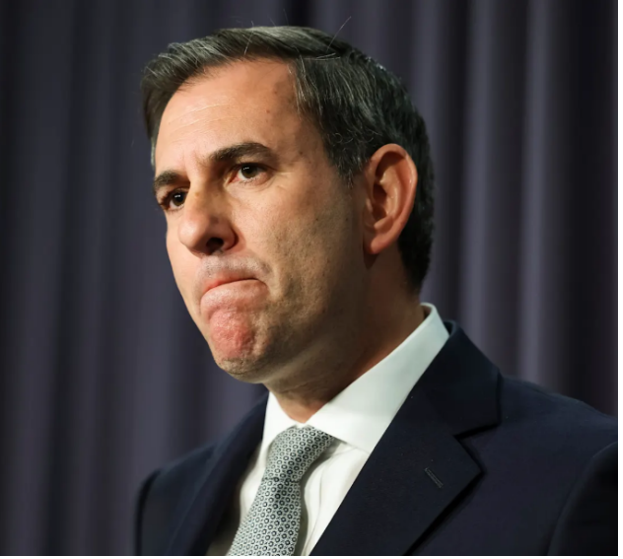
If you have close to $3mil or more in superannuation you are probably already aware that the government is rethinking its previously announced policies on large superannuation balances. At this early stage nothing is certain, there is still to be much consultation before the law is drafted. This blog is written to provide readers with what we consider to be the most reliable views on what we think the government is thinking and what action you should take!
Reasonably certain points:
- There will be no taxing of unrealised capital gains. This is a huge relief to Mum and Dads wanting to continue to hold property in their SMSFs after they retire. Shares are not so bad as they are relatively liquid but if a SMSF mainly holds property the rent income is unlikely to be enough to cover the minimum pension amount and tax on unrealised gains, maybe forcing the sale of the property.
- The start of the new taxes on large superannuation balance has been delayed a year. The new laws will not start until the 2026-2027 financial year, though not that far away!
- There will be two new tax rates. 30% on earnings on the portion of the members balances that is over $3mil. If the balance is over $10mil then the earnings apportioned to the excess over $10mil will be taxed at 40%. Note that the higher tax rate should only be on the earnings on the portion above the threshold, pro rata. When considering these thresholds a SMSF may have two members, mum and dad with a balance of $2mil each. When one dies the survivor’s balance will be over the threshold, if the survivor continues to hold the death benefit in the superannuation fund. In the case of SMSFs with just one property it will be difficult for the survivor to remove the death benefit from the superannuation fund without the property having to be sold. In the very unlikely circumstances that the surviving member has little income outside of the superannuation fund there maybe a benefit in reducing the balance to $3mil. It is more a future planning issue to make sure your SMSF has some diversification into more liquid assets and having some investments outside of superannuation. Which is a very balanced approach anyway.
- The additional tax will be assessed to the members, not direct to the superannuation fund. It will be like the Div 293 notices, you will have the option of paying it from funds outside of superannuation or the superannuation fund paying it. This is important when a retiree is over 74 years of age as they will not be able to put money into superannuation to cover the extra tax and the rent is unlikely to be enough to cover their minimum pension. As in the point above having more than just property in a SMSF should be part of the plan from the start.
- The $3mil and $10mil thresholds will be regularly indexed in line with inflation but not every year. The $3mil threshold will be increased in $150,000 increments. The $10 million threshold in increments of $500,000.
- Certain people are excluded from the extra tax even if their balances exceed $3mil. For example children receiving super income streams, those with structured settlements for personal injury, and those who die before year end.
- Superannuation funds will still be entitled to a 1/3rd discount on capital gains made on assets held for more than a year. For balances under $3mil that means 10%. For members with a balance between $3mil and $10mil the tax rate on a capital gain attributed to earnings on the excess over $3mil will be 20% (30%/3×2). Any portion of the capital gain calculated to represent the portion over $10mil will be taxed at 26.7% (40%/3×2).
- If you have your own SMSF it is very important you get a valuation from a registered valuer as at 1st July 2026 even if your current member balance is under $3mil.
Uncertainty:
The announcement stated that there would be consultation with the superannuation industry on how to calculate the portion of the capital gain that is made on an existing asset after 1st July, 2026. It is expected that the higher tax rates will only apply to the capital gain made after 1st July 2026 and of course not until the asset is actually sold. For example:
A property was purchased in 2020 for $2mil is worth $3mil on 1st July 2026 and is sold in 2030 for $4mil. Assume the member has another $3mil in assets in 2030 so all of this capital gain is considered to be earnings on the balance over $3mil.
The announcement suggests that in the 2030 tax return the $1mil gain that applies to the period 2020 to 2026 will only be taxed at 10% as would have been the case if it was sold back then. The other $1mil gain made between 2026 and 2030 being subject to the 20% tax rate.
Superannuation funds are required to regularly obtain a market valuation of their properties so this maybe workable. Let’s hope that is the way it comes through but some experts in the industry have expressed doubts.
There is concern that the line in the sand at 1st July, 2026 approach will be passed over for simplification. This would mean that all of the gain since purchase, made on the sale in 2030, in the above example would be subject to the new increased tax rate. Leading people to wish they had sold up by 30th June 2026. A difficult choice as the legislation is unlikely to be finalised much before that date. If you have shares you can probably wait and see because they can be sold so quickly. But the time required to sell a property may force SMSF members to make a decision before the legislation is finalised. This decision involves much more than tax considerations so make sure you consult your advisor before acting.
Even for balances under $10mil the tax rate of 20% on capital gains is still a bargain and considering the buying and selling costs associated with property it may be better to sit it out. That is unless you intend selling in the 2026-2027 year anyway, then it maybe worth bringing that sale forward. For balances over $10mil where the capital gain maybe completely considered to be from the portion above $10mil the difference is 10% tax if you sell now or 26.7% tax if you wait and they do not introduce the line in the sand.
So what is the call to Action?
Make sure you get a proper valuation for SMSF properties and unique assets as at 30th June 2026. This should be the case even if your current balance is under $3mil. The value of widely held investments such as shares and ETFs should be a matter of public record.
Superannuation is still very attractive tax wise. Providing the eventual legislation limits the capital gains taxed at a higher rate to gains only made above the market value at 30th June 2026 there is no need to panic. Interestingly the ATO document on this topic does not mention anything about the line in the sand being drawn at 30th June 2026 but the Treasurer’s statement does.
It is only if the promised line in the sand does not eventuate that you would be better off selling assets before 30th June, 2026. We won’t know until next year for sure. Please don’t go selling off assets without getting professional advice as there are so many other issues to consider, not just tax.
Fortunately, widely held shares and ETS can be sold quickly after the legislation is clear and before 30th June, 2026. Even then you need advice as you are realising a capital gain that may never have been realised in your life time. Don’t sell, don’t pay CGT. Selling property has additional considerations such as buying and selling costs and lead times. Though if you are intending to sell a property in the 2026-2027 year it is worth talking to your adviser about the cost benefit of selling sooner, if you have a large superannuation balance.
Ultimately, you need advice on your particular circumstances that looks at all your assets both inside and outside of superannuation. But consider that at this stage you will need a crystal ball.
 Julia's Blog
Julia's Blog